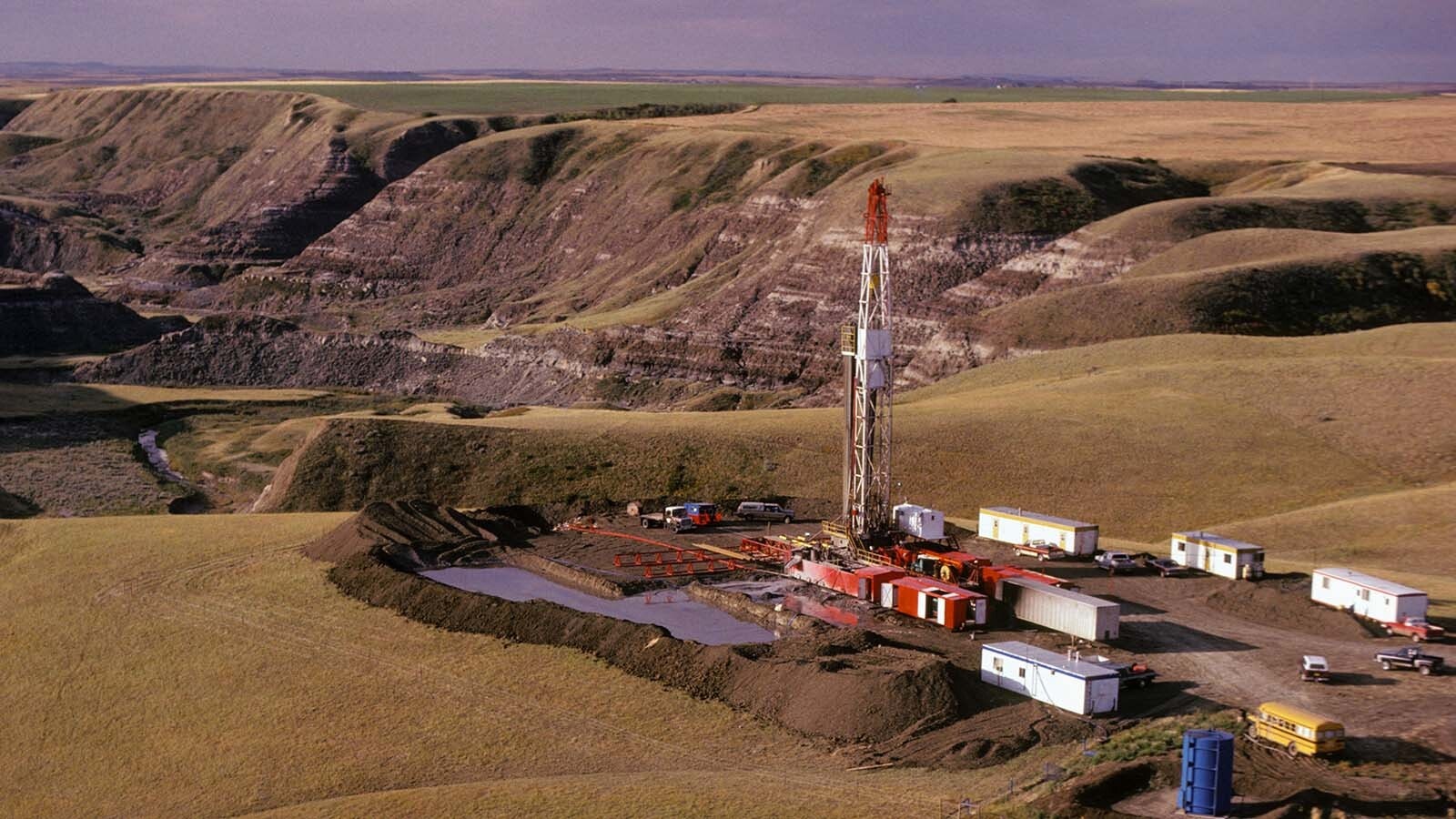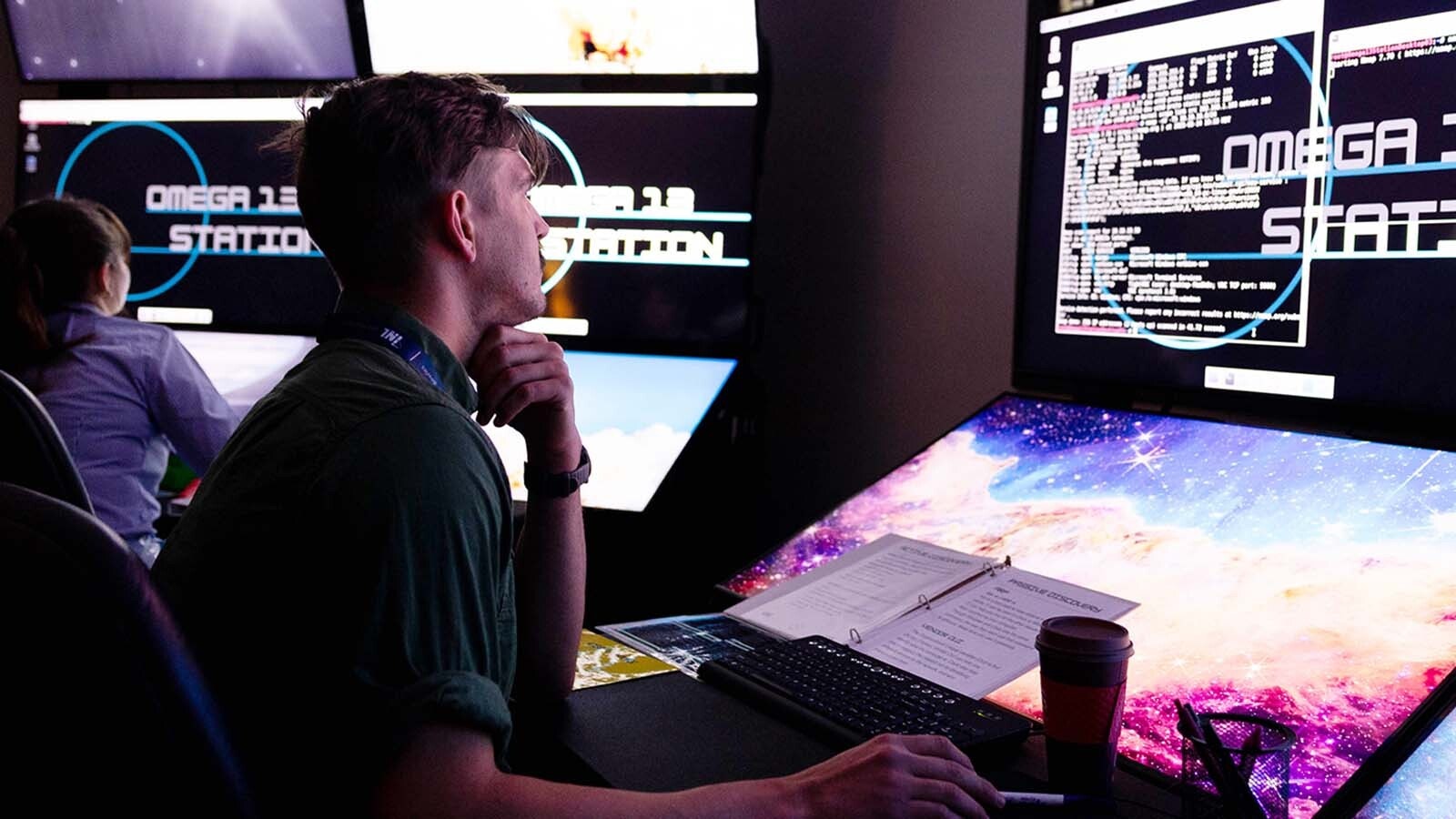The Harris Ranch Tesla Supercharger station is an impressive beast. With 98 charging bays, the facility in Coalinga, California, is the largest charging station in the world.
In 2017, Tesla CEO said that all Superchargers in the automaker’s network were being converted to solar.
“Over time, almost all will disconnect from the electricity grid,” Musk posted on X, formally known as Twitter.
Superchargers charge vehicles up to the 80% sweet spot in as little as 20 minutes, but to provide that kind of power for nearly 100 bays takes something solar can’t provide — diesel generators.
Investigative journalist Edward Niedermeyer discovered that the station was powered by diesel generators hidden behind a Shell station. Reporters at SF Gate tried to find out how much of the station's electricity was from the generators, but couldn’t get a response from Tesla.
The station isn’t connected to any dedicated solar farms, which means that absent the diesel generators, the station is powered by California’s grid.
According to the U.S. Energy and Information Administration, in June 2023, natural gas supplied nearly 5,000 megawatt hours of electricity in California, whereas non-hydroelectric renewables supplied about 7,250 megawatt hours.
Another Case
Energy analyst and writer David Blackmon, author of the “Energy Transition Absurdities,” told Cowboy State Daily that the use of diesel-powered generators is not limited to the Harris Ranch station.
He used to shop at a Whole Foods in Houston. The company had installed a charging station in front of the store for its customers.
“It was the best parking spot in the lot, and it crowded out a bunch of handicap spaces,” Blackmon said.
He said there were diesel generators behind the store and whenever someone was using the chargers, the generators would kick on.
Destabilized Grid
Just as these charging stations find they can’t run without some fossil fuel backup, the retirement of a coal-fired power plant in Kansas is being delayed to accommodate the energy demands of an electric vehicle battery factory that’s under construction.
Blackmon said that these stories illustrate well the lack of thought going into the demands that will be placed on the grid with increasing amounts of electric vehicle adoption.
As those demands pile on, U.S. energy policy pushes to remove coal, nuclear and natural gas from the grid.
Blackmon said he watched all summer as the Texas grid, which operates separately from the rest of the county, nearly collapsed with the incessant heat.
“We almost had blackouts on Aug. 24,” he said.
State Sen. Cheri Steinmetz, R-Lingle, told Cowboy State Daily that despite claims that wind and solar alone can power the grid, they lack the reliability needed to satisfy energy demand. So, parts of the country, such as Texas, are facing shortages.
“Adding the load required for electric vehicles and the transportation network to support them would exacerbate the looming shortages we already face in the near future if energy policies are not reformed,” Steinmetz said.
No Way Out
Blackmon said that the footprint required to generate enough power to satisfy all energy needs with wind and solar is enormous. It’s not just the wind farms, solar farms and battery factories, there are also thousands of miles of transmission lines to connect consumers with the power wherever it happens to be generated at any given moment.
This calls into doubt Musk’s plan to power charging stations off of solar.
“If that’s what he wants, then he only wants the chargers to work six to eight hours a day. If they’re purely powered by solar, there’s just no way out of that,” Blackmon said.
Musk has made many exciting promises that so far haven’t come to pass. Someone went to the trouble to make a website documenting his pledges and how many days have passed since they were made.
Musk has also been taken to task for his solar promises. Energy expert Alex Epstein ran a fact check on Musk’s claim that we could power the world with a small area of the Sahara Desert and “some batteries.”
Epstein calculated that enough battery storage to create a reliable grid would cost $590 trillion for the batteries alone. It doesn’t include the cost of all the transmission infrastructure. And the batteries would have to be replaced every decade.





